CC’s Stage 4 Classical Hodgkin’s Lymphoma Story
CC was diagnosed with stage 4 Hodgkin’s lymphoma after experiencing a range of 1st symptoms, including extreme fatigue and night sweats.
Explore her story below, where she details going through ABVD chemo, losing her hair, how she and her husband approached fertility preservation, and survivorship after cancer
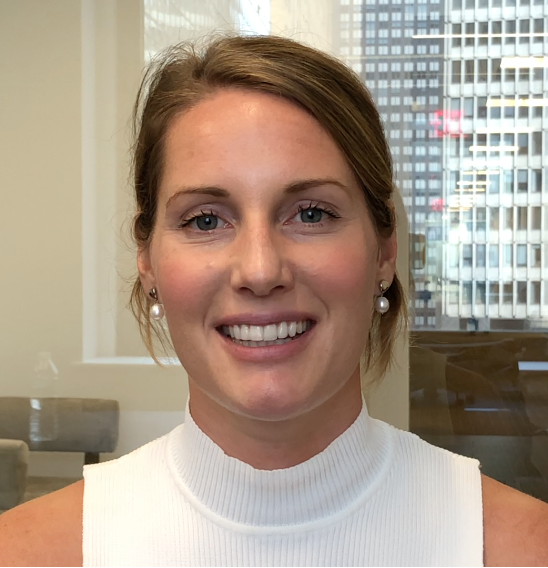
I want you to know that having cancer changed my life, which is an obvious thing, but it created a whole new sense of self and a whole new life trajectory that I didn’t know was possible.
I wish you all the healing and love as you go through this journey. Sometimes off-roading is more fun, so that’s really the new philosophy that I live with.
CC W.
- Name: CC W.
- Diagnosis:
- Hodgkin lymphoma
- Stage 4
- 1st Symptoms:
- Achiness
- Extreme fatigue
- Reactive rash on neck and chest
- Chills
- Night sweats
- Treatment:
- ABVD chemotherapy regimen
- Adriamycin (doxorubicin)
- Bleomycin
- Vinblastine
- Dacarbazine
- 6 cycles
- Biweekly
- 12 infusions total
- ABVD chemotherapy regimen
- Diagnosis
- Treatment Decisions
- Treatment and Side Effects
- Describe the scans before treatment
- ABVD chemotherapy regimen
- Describe the chemo infusion process
- What were the side effects from ABVD chemo?
- What helped with the side effects?
- Integrative or holistic approach to help the side effects
- Describe your hair loss
- How did you deal with the hair loss emotionally?
- Quality of Life
This interview has been edited for clarity. This is not medical advice. Please consult with your healthcare provider for treatment decisions.
Diagnosis
How was your health before the 1st symptoms?
I have never really been sick seriously in my life. I’ve always kind of floated by with a flu or a stomach virus or whatever.
I’d never really been hospitalized. I never really had surgery. Sickness of this magnitude was not on my radar.
I was 29. I was very active. I was going to SoulCycle. I was drinking green juices, and I’m very well hydrated. I thought I was doing everything right.
I’m at an age where I felt comfortable pushing myself and working late nights and taking that next promotion.
Did I skip a meal every now and then? Yes, but basically I was putting my whole self and all of my energy into my career at that point, my relationship, my social life, and still maintaining my understanding of wellness at that time.
I was on par with everybody else my age. I wasn’t even working the hardest. I wasn’t even in finance. My husband would pull all-nighters. He’s totally healthy.

What were your 1st symptoms?
I could probably date the symptoms to maybe 6 months before I actually got diagnosed. The first symptoms came in the summer before I got diagnosed (February of the following year).
I started to get a reactive rash on my chest and my neck. I went to my local city MD, who was my regular doctor and my care center, because I really didn’t need that much.
They would give me steroids to take it down, and it would go away. The further into fall we got, I started to notice symptoms of aching. I was getting very tired, but at this point, my workload had picked up.
I had taken a promotion. I was working extra hard. It was extra demanding, and on top of that, it was the holiday season and we were going out. We had office parties. I had dinner parties. So I was tired.
I chalked all of this up to a lingering virus, because I would get a little achy in the afternoon. Then I would have a good sleep, I’d wake up, and I’d feel fine.
The symptoms and the aches, a pre-flu kind of feeling, intensified as we got closer to December. I didn’t realize how much I was taking on, in terms of the intensity of these symptoms.
I started to recognize that, “Okay, maybe I need a round of antibiotics. I need some blood work done. I don’t know.”
I was thinking, “Maybe this could be thyroid or something like that, or it’s hormonal. I don’t know.”
I started to have night sweats. It was the aches and the chills in the afternoon and the night sweats at night, but only some nights.
»MORE: Hodgkin’s lymphoma patients share common first symptoms
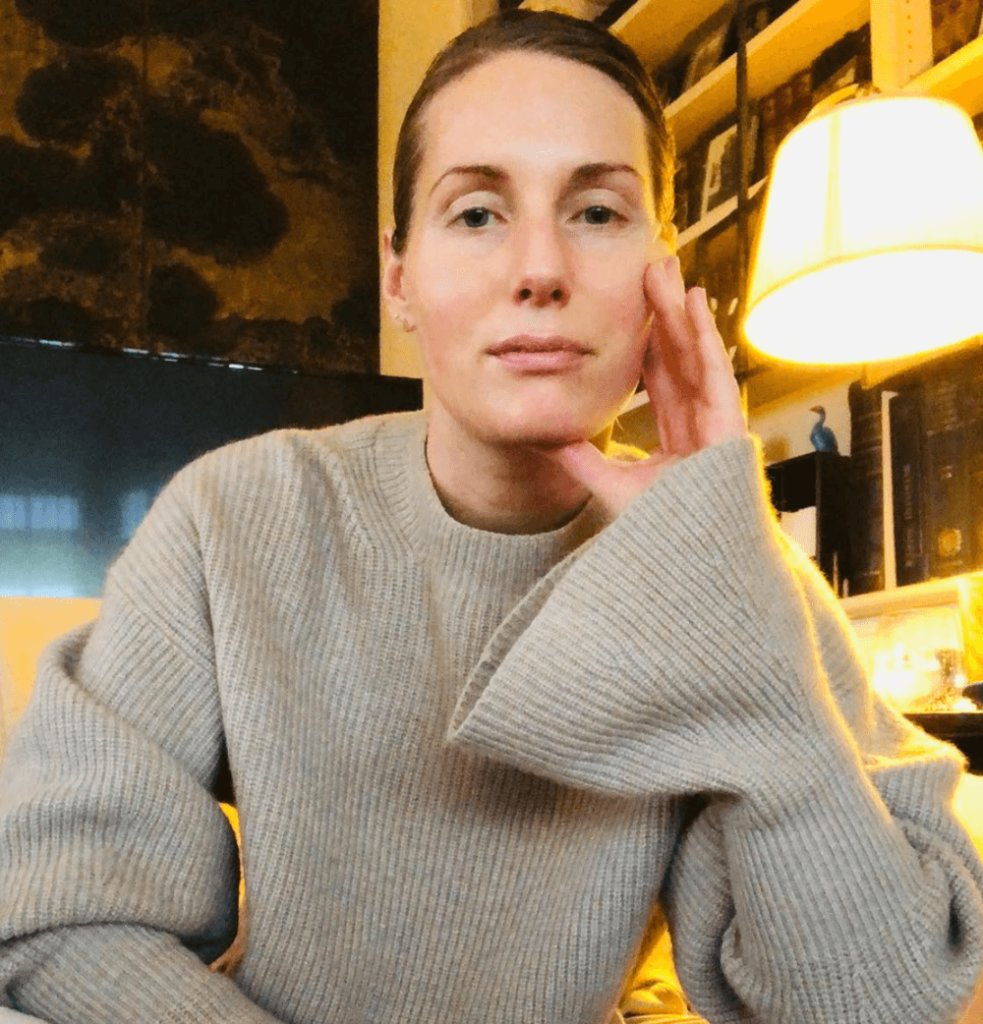
Describe the first doctor’s visit
In December, I took myself into this doctor I found on the Blue Cross Blue Shield website. Not a lot of thought, no recommendations.
Sitting there, I was super stressed out that I really didn’t have time to be there. I was in back-to-back meetings.
She took blood, the results came back, and she actually said, “You tested positive for Epstein-Barr, which is mono.” I was thinking, “That’s it. We nailed it.”
A red flag did pop up at that moment with that mono diagnosis because I do recall that in high school, my boyfriend at the time had mono. I never got it, and I was told that I’d been immune to it.
Of course, we were kissing and that kind of thing, so I definitely would have gotten it. I thought, “What a weird time in my life to get mono, but okay, maybe I really have been running myself off my feet.”
The general practitioner (GP) said, “Okay, if it is mono, these pills (antibiotics, antivirals) should work. In a week, if the symptoms don’t go away, I need you to see a specialist to rule out things like lymphoma.” That’s what she said verbatim.
That honestly bounced right off of me, because of course it’s not lymphoma. That would never happen to me.
I took the pills, and the symptoms didn’t go away. At this point, I’m not scared. I’m just frustrated because I don’t have time to be sick, and I don’t have time to not feel my best.
This is how out of touch with my body I was.
Finding a specialist
Weeks go on (with the symptoms), and I’m thinking, “Okay, I need to find a specialist.”
I called my general practitioner, and she sent me to one of her friends, who’s an ear, nose and throat doctor. That doctor examined me, and he said I was totally fine. There was nothing wrong that he could see.
That’s the moment when I started to get nervous, because this was now January. The holidays had passed. I was feeling these symptoms more and more intensely.
The night sweats were now every night. For a specialist to totally examine my throat and my swollen glands and to say that I was totally fine, I thought, “I could be circling through specialists’ offices forever.”
It was at that point that I took agency over my health. I refused to leave that office until he gave me a prescription or sent me to someone else who could.
I said, “I’m not leaving this room without help.” He said, “Okay, my brother is actually better at specifically ear, nose and throat in terms of lymphatic system and viral. He’s at NYU Langone. Let me text him and see if he can fit you in.”
»MORE: How to be a self-advocate as a patient
Great. I got fit in, and so I went to yet another specialist, this time at NYU Langone. I explained my symptoms, which were very clear. I was achy. I was tired.
I had maybe lost a little bit of weight, which for me is very strange based on my lifestyle. I was having night sweats.
He sat there and listened to me, and he said, without hesitation, “Can I be honest with you?”
I said, “Yeah.”
He said, “I think you have lymphoma. I think you have Hodgkin’s lymphoma.”
At that point, the word that I heard was “cancer,” because here I am working in pharmaceutical healthcare advertising, and I’m familiar with all these oncology terms. I didn’t know the difference between Hodgkin’s, non-Hodgkin’s, follicular, non-follicular.
I heard “lymphoma cancer,” and I associated it with my uncle, who had non-Hodgkin’s and died. That’s what I heard. He died at 42, and here I was thinking, “I’m sitting in this chair at 29. I have 13 years left.”
That’s really when my world imploded, and I was sent on this adventure experience.
It turned my world upside down in one moment. For anyone experiencing that, know that it’s okay to be scared and know that it’s okay to cry. You don’t have to be strong all the time.
But that’s where it all started.
Experience with the health care system
This whole process was incredibly eye-opening for me. I cannot believe the system functions as it does, especially coming from my professional background.
I had spent many years of my life learning and mapping out a patient journey. It was very straightforward on paper, on a slide, in a presentation.
Living it is a much different experience.
When I got the verbal diagnosis — and again, the endocrinologist at NYU Langone didn’t exam me at all. That was his instinctual diagnosis.
I’m a data person. After I’d collected myself and reeled myself back in from dying at 42 like my uncle had, I really wasn’t quite sure what to associate with these words.
I knew that we didn’t have proof. I need a vial of something. I need a biopsy. Prove this to me, because this cannot be happening.
You, doctor, can still be mistaken, because this could just be a thyroid problem, and you’ve misdiagnosed me. I was hanging on to that feeling.
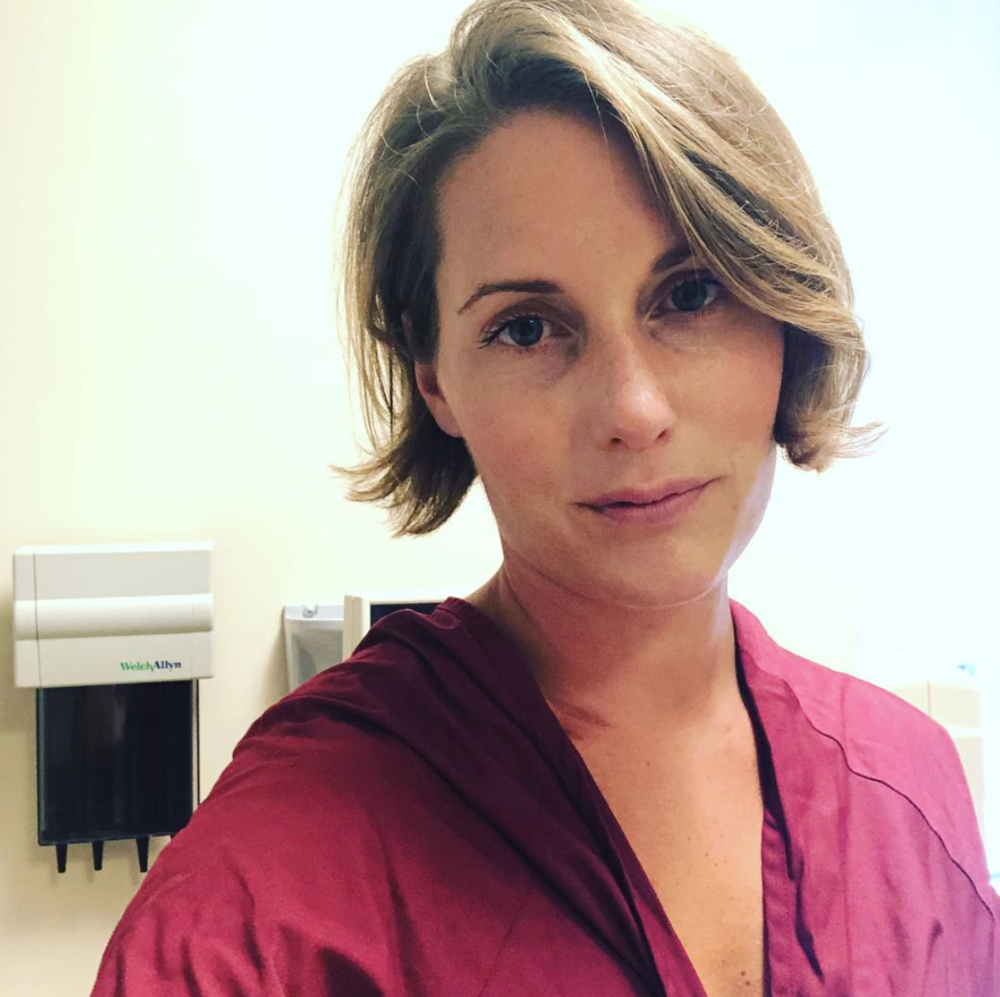
Describe the biopsies and tests
The process to get diagnosed for me took about 12 different tests. That sounds intimidating, but I’ll break them down for you.
The first is an in-office liquid biopsy. The doctor did a liquid biopsy, which is when they take the needle and poke it around in the lymph node. They’re trying to extract a certain type of cell. It’s called the Reed–Sternberg cell.
That liquid biopsy came out negative. I got that phone call the very next day because he had very kindly rushed the results through. I remember waiting for my cancer call.
I was leading the biggest meeting of my life. I had about 14 managing partners in the room and 2 agency presidents. I was running the slides and taking them through the whole thing.
I just knew, because that’s how my life is, that my phone would ring in that 20 minutes that I was up. It did, and again, this is how out of touch I was with my wellness priorities.
I almost let it go to voicemail because I didn’t want it to disrupt the room and the attention I was holding.
At that point, something in me just refused to let that happen, and I excused myself from the room. Walking from the front of the room to the back was the longest walk of my life.
I’m holding the vibrating phone. As soon as I get through the doors, I answer it. The doctor then tells me that the biopsy was negative.
At that moment, I became scared for the first time. I was more scared of being undiagnosed than having whatever lymphoma this was, because at this point, it’s early February.
I am really suffering with these symptoms. I could hardly get through the day at work. I had never felt as weak and tired. I was, at this point, 10 pounds lighter.
I think I was turning a gray-yellow by 2 p.m. in the afternoon, to the point where people on my team at the agency were asking if I was okay. I was holding up my pants with binder clips because they were so loose.
Something was very seriously wrong. I was now more scared on this phone call that nobody could figure it out, and I would just be cycling from doctor to specialist and back again.
Luckily, this endocrinologist cut me off with my fearful train of thought.
“Yes, it’s a negative, but I think it’s a false negative, and I booked you in for surgery tomorrow at 2:30 in the afternoon. I need you to be there because I still believe it’s Hodgkin’s. I’m going to go in and take out a lymph node. We’re going to cut it in half.”
Looking back now, after doing a ton of research and actually living through the experience, it’s no surprise to me logistically that that liquid biopsy was negative, because there are about 4 Reed–Sternberg cells in your lymph node.
The likelihood of catching one of those with a needle poke is slim to none, so of course it would be negative. That’s looking back now. That’s wisdom for anybody out there.
Push for a surgical biopsy
The Reed–Sternberg cells in Hodgkin’s lymphoma are very few. If you have a doctor who is just going off the biopsy and you do get a negative result, I encourage anyone going through this process to really push for that actual biopsy.
That surgical one (excisional biopsy), where they take out a lymph node and cut it in half — anyone with a lymphoma diagnosis, or what they think is a lymphoma diagnosis, definitely ask for it.
If your doctor doesn’t insist on it already, definitely ask for that surgical biopsy.
When did you get the official diagnosis?
I arrived at the hospital the next day. I believed I had been overdiagnosed. Not to say that I wasn’t scared or nervous, because I hadn’t had a lot of surgeries.
This was a whole new thing for me. I was expecting this to be negative, in full transparency. I was technically diagnosed with Hodgkin lymphoma [while] being wheeled out of the surgery room, so drugged out on anesthesia.
I just remember the endocrinologist leaning over the wheeling bed as we’re careening down the hall, and he said in excitement, “I found it. I knew I was right. You have Hodgkin’s lymphoma,” in a tone that didn’t match the gravity of the situation.
Again, I was so loopy that I was trying to match his tone with what he was saying. I couldn’t make the connection, so I was like, “Am I happy about this? Am I sad about this? Is this a good finding?”
How did you process the diagnosis?
In some regard, I was relieved that we found out what it was. In the other, I had no idea what this meant, but I knew that this was the worst thing that could possibly happen to me at this point in my life.
I immediately went to a place where I thought, ‘My life is over. I am out of control on this. I cannot choose how I get to handle this. My life has gone completely off track.
What am I going to do about my job? What am I going to do about my relationship?’
This is all in the fog of anesthesia, and it was absolutely terrifying. I’m in the recovery room. I’m going in and out of sleep, trying to wake up, because anesthesia really hit me hard.
I woke up one time, and a nurse was petting my hair and saying that she knew I had gotten rough news. Then I fell asleep again.
Then I woke up, and Matt, my then-boyfriend now husband, was sitting at the end of the bed. His hand was on my ankle, and then I disappeared again into the fog.
Then when I finally woke up, I thought, “It’s time to get out of the hospital obviously.”
But Matt said that we were going to be fine. I couldn’t really stop crying. We went home that night, and it was quiet and calm for some reason. We were very sad.
We were very sad, and he kept reminding me that I would be fine, that we would get through it.
But that was the first moment of calm that I had, because I had finally figured out what it was that was wrong with me.
»MORE: Patients share how they processed a cancer diagnosis
Treatment Decisions
Trying to figure out how to get treatment
The next morning, that’s when the goose chase happened with trying to get into a hospital and trying to find an oncologist, because I had gotten myself to a diagnosis.
I was feeling so terrible and so ill, I assumed that I would be swept up into treatment, we’d fix it, and I wouldn’t have anything more to worry about. We would make everything good again, and I would be fine.
I turned to my endocrinologist who had done the biopsy, and I said, “Okay, what’s next? We have the diagnosis. What’s the treatment protocol? How do we fix this? Because I need to be fine. Give me pills. I know there’s chemo pills now. We’re just going to 1-2 punch this.”
I knew that side effects had become so manageable with all of these new scientific advancements. I thought, “Okay, well, this might just be a blip on the radar. I might not even lose my hair.”
He said, “Well, I encourage you to find an oncologist, but really the buck stops here with me. It’s my job to diagnose you, and then most people go find their care team and their doctor of choice. Usually you get a first opinion, second opinion, sometimes third opinion.”
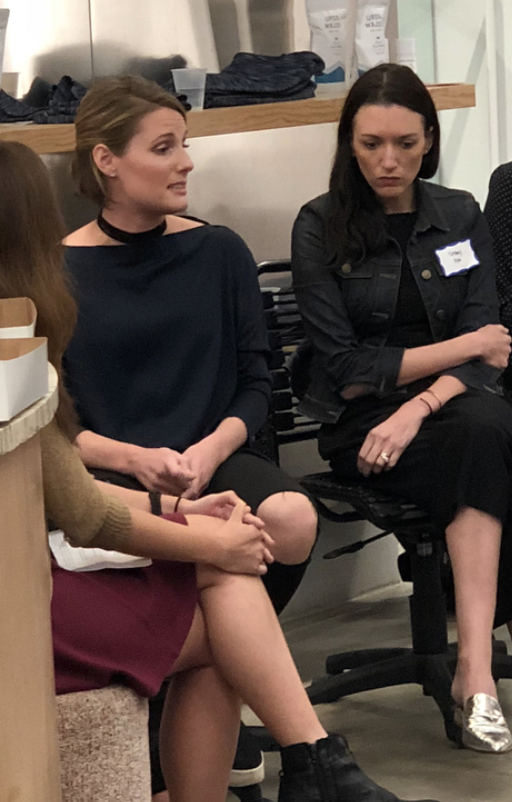
How did you choose hospitals?
It was literally 3 days of my mother, Matt and me on the phone calling Memorial Sloan Kettering, Weill Cornell, any cancer center who would take me.
Here I am in New York City, surrounded by the best centers and care in the world. I was given a 3-month waiting time.
I actually had to say to the administrator on the phone, “I just got diagnosed yesterday. Based on what I’m reading, I’m not sure that I will make that appointment in July.”
I actually had to say those words, which was incredibly terrifying for me to actually articulate that and come to that realization.
But it was the craziest experience trying to get into treatment. I’m not even saying we’re pulling ropes with friends of friends, who went to this doctor for their cancer.
We’re calling all of our cancer friends to see whose doctor we could go to. These, again, weren’t just strings; we were pulling maritime ropes to get into care.
My personal gut instinct was to find the best person I could possibly get my hands on, and that was at one of the largest cancer centers in the country.
I felt most comfortable there because I knew that they saw and saved many of us. It was a comfort for me knowing that I was not one of a handful of people getting treated, that I was one of 300.
Having a larger patient body to work with made me feel that they had experience with many different outcomes, side effects, risks associated. I really felt confident in this team.
I knew that if I had a weird reaction, which I of course did, there was somebody always manning the phone. I could go in to a specialist with a simple email.
Because I was in the Weill Cornell network, I was very much connected to all departments, and with priority order.
For somebody who doesn’t have access to that kind of cancer care, I would really go off of referrals. I would personally want to know that that doctor has treated somebody who I know, and everything’s been fine.
I would want to see some serious credentials. Of course, with a smaller practice that’s treating you, know that with Hodgkin, at least, its a very straightforward protocol.
You don’t need as many bells and whistles as you would with maybe a (different) cancer diagnosis.
I think with Hodgkin’s specifically, I probably would’ve been fine with a smaller practice as well, emotionally. You might even have a way to develop a closer relationship with your doctor.
But at the larger center, I just knew I had access to so many more resources.
Why did you switch hospitals?
I actually got diagnosed at NYU Langone, and then I switched to Dr. John Leonard at Weill Cornell.
Luckily, by 5 connections removed, I got to see Dr. John Leonard, who is head of the lymphoma program at Weill Cornell. He is world renowned, and I cannot believe my luck that I got to be treated with him and his team.
They have a full-blown lymphoma program, where they specialize in Hodgkin’s and other lymphomas, all different stages. They have incredible, incredible survival rates and remission rates. Very lucky to be with them.
My doctor is very much into clinical trials and research at a global scale. When I was going through treatment, he had just learned of a study that realized that if you pull bleomycin (the B in ABVD) halfway through your infusion schedule, it really has no effect on the remission rate.
That drug is the hardest on your lungs. He was able to save my breathing and my lung capacity from further damage by pulling it out, and then not risking my remission rate. That’s a credit to his dedication to research.
Treatment and Side Effects
Describe the scans before treatment
In order to start treatment, you need to run a series of tests. This is where the bulk of the testing lies.
But don’t worry. The doctor that you’re seeing will likely schedule them back to back.
There are just a little cardiac tests, lung tests and a series of scans. I was done in about a day or 2 with these tests.
My doctor happened to schedule them back to back, and I just spent 1 or 2 days at the hospital just going from department to department, which was the best. If you do that, definitely arrange for that kind of schedule.
Out of all the prepare testing, the PET-CT scan was the most nerve-wracking. You are given this radioactive liquid. It kind of lights you up like a Christmas tree in the scanner and allows the doctor to see your full lymphatic system and any enlarged lymph nodes.
That’s when you’ll get staged. Any lymph nodes that are enlarged from your chest up, you’re stage 1 to 2. If the lymph nodes are enlarged in your whole body, that’s stage 3 to 4.
I actually got to skip the bone marrow biopsy, which is typical in a lymphoma testing in order to stage you.
My doctor was quite sure that I was stage 4 already, so I got to skip that. I’m not as familiar with that one, but I do know that that’s kind of the final step before you can start treatment.
The preparatory tests are to ensure that your body is healthy and strong enough to withstand the treatment.
That is how my care team explained it to me, which was a little intimidating because I started to realize just how intense the regimen would be.
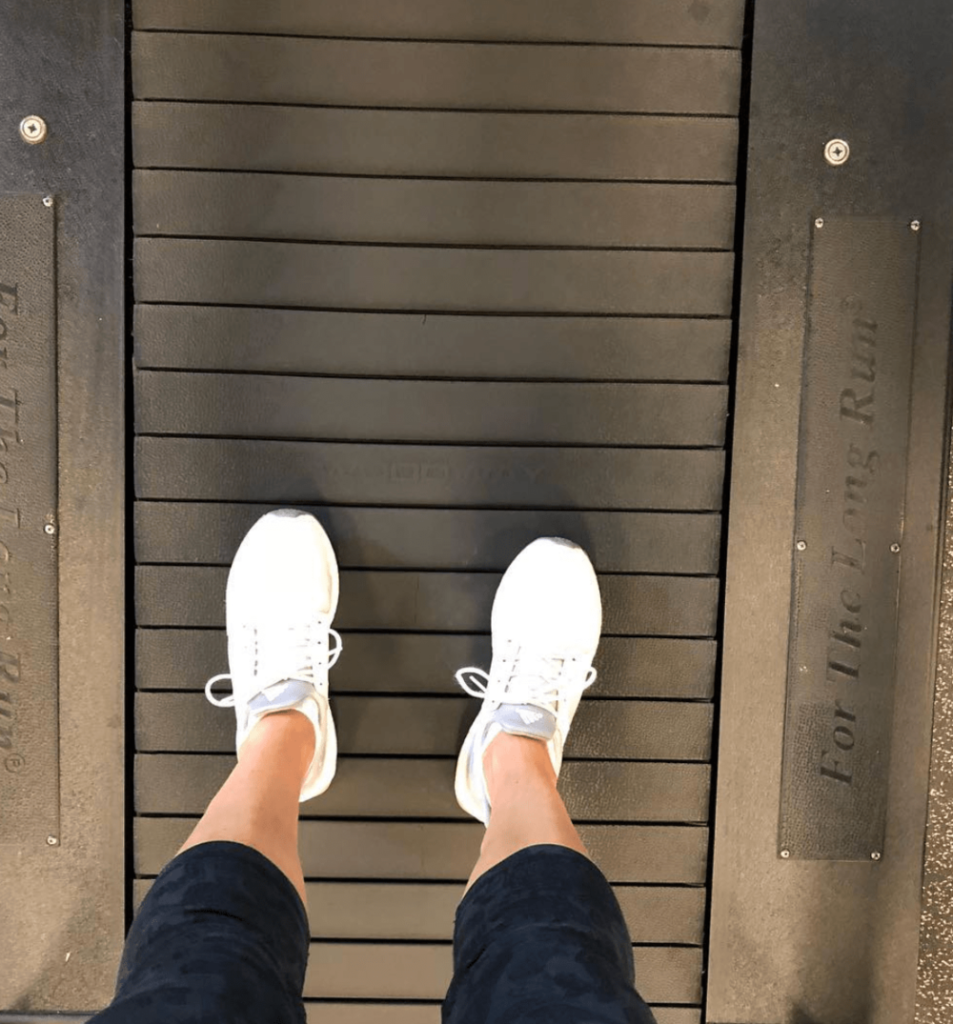
ABVD chemotherapy regimen
For my type of Hodgkin’s lymphoma, I was stage 4. I was originally diagnosed with 8 rounds of ABVD chemo.
I ended up doing 12 rounds because at my mid-cycle scan, I don’t think my care team saw the results that they wanted to see, which was nerve-wracking.
But my oncologist phrased it in this way, which helped me kind of navigate that anxiety.
He had said, ‘With 8 rounds, you’re gonna be fine. It will go away. But I know that you’re young enough and you’re strong enough to handle the full amount, and this will ensure that it won’t come back later down the road. I don’t think it will, but this is insurance.’
Thinking about it that way helped. I was really taking care of my body throughout the rounds of chemo.
Describe the chemo infusion process
It was every 2 weeks. I went in every other Tuesday for my infusion, which took about 4 hours for the actual infusion and then 2 hours of prep and 1 hour of post-infusion monitoring.
All in all, it was about a 7-hour day, depending on how busy the infusion center was.
I was at a very large hospital with a large infusion center. The wait times were quite something, but you packed a lunch and brought books.
That’s how each round went. For me and my infusion center, I usually had the same rotation of about 3 nurses, so I developed relationships with all of them.
It was an opportunity, really, to bring somebody with me. My mother came a lot. Matt came a lot. I had close friends who came for 1 or 2 or 3 drips.
That first drip was the craziest experience for me, because it was a moment where I realized the gravity of the situation. I realized what exactly was ahead of me. I had never had an infusion before, even a vitamin infusion.
Nothing had ever been put in my veins, and there was a metallic taste with the red one, which is the “A” bag (Adriamycin or doxorubicin).
There was a burning sensation with the second bag. I usually had to pee during the third bag, and it was fluorescent orange because of the red bag.
Then the final bag makes you a little woozy. No taste with that one.
That first infusion really freaked me out. My mother was with me. I had done it intravenously before I had gotten my port put in.
I could feel the serum in my veins, which I did not like. I’m hypersensitive to that stuff, so not everybody had that same feeling.
The nurse I happened to have that first infusion, who was very senior and ran the department, strongly advised that I get the port put in before the next infusion because chemo, in general, intravenously destroys the lining of your veins, which you want to preserve as much as possible. The port eases that a little bit.
What were the side effects from ABVD chemo?
I felt physically woozy and loopy after the infusion on that afternoon. I would come back to my apartment, usually accompanied by whoever came with me that day, and I would just crawl into bed.
It was like the worst hangover for 3 days after that infusion, every other week. That’s the best way I can describe it. It’s lightheadedness.
Even brushing your teeth would make you feel drained. I remember I would have to rest on the sink to catch my breath, even just after putting pants on.
It was 3 days of rest and a little bit of nausea. I actually only threw up once before dinner one time. Then it was gone.
Other people have had different experiences, but my care team definitely prescribed me all the anti-nausea medicine and antacids.
I think I had 12 prescription bottles on my bedside table at one point. There are fixes for the worst side effects, which are nausea and sleeplessness.
Going through treatment with ABVD for Hodgkin lymphoma, I noticed most side effects after the second treatment.
Again, I had never experienced anything of this magnitude. I had obviously never done chemo before. I knew what it looked like, and that was scary enough.
However, the turning point where I knew that I really needed to help myself through this was after my second infusion.
I noticed my hair was starting to thin on my pillow when I woke up. Hair was on my spot on the sofa. It was on the back of my coat. I was okay with that. I was expecting that.
What I wasn’t expecting was the loss of my words. That’s really when I realized that I need to do anything that I can to help myself get through the next 6 months, because this cancer can take my hair and the chemo can make me feel sick. I was okay with that.
But it could not take my words.
I was struggling to finish sentences. It was almost like I had the word on the tip of my tongue, but I couldn’t get it out.
For somebody who loves writing and is very verbally expressive, especially when I needed to communicate how I felt, having the tools needed to do that taken away was unfathomable for me.
»MORE: Read patient experiences with doxorubicin (Adriamycin) chemo
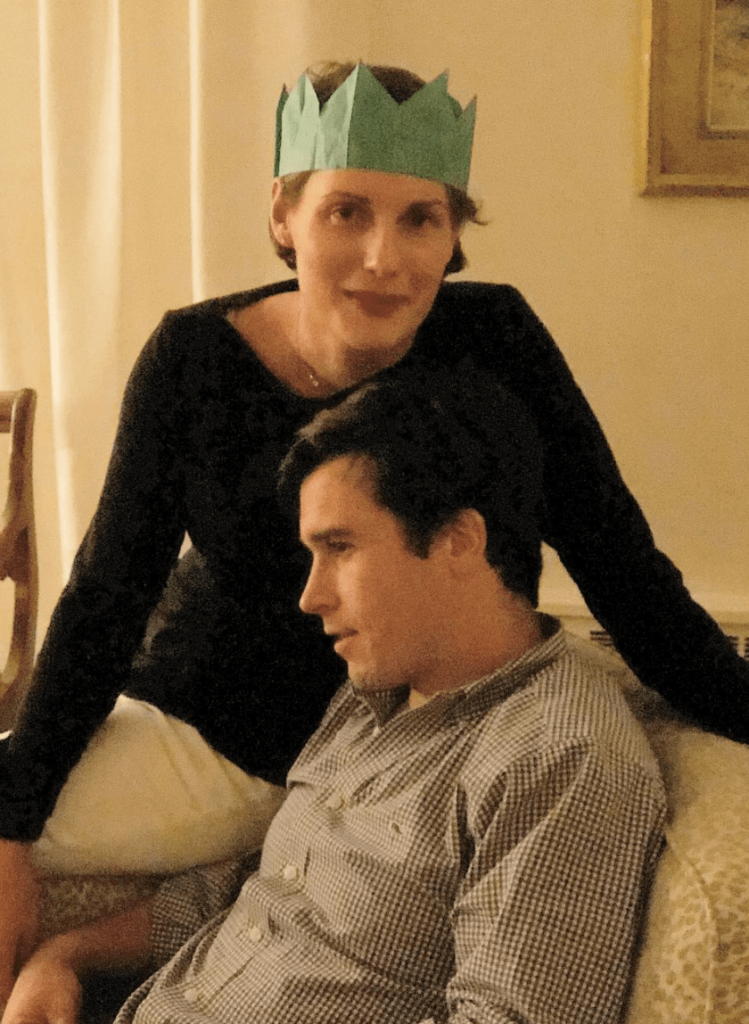
What helped with the side effects?
It was incredibly impactful to help me get a higher quality of sleep, to fall asleep, to feel less anxious, to just kind of take it down a notch from an 8 to a 3.
It wasn’t perfect, but it really helped in support of everything else I was doing on the medical side.
What really helped me settle my stomach and things like that was cranberry juice and soda. I would have it in a wine glass, which made me feel luxurious.
It was one of the many little ways to treat yourself into thinking that you’re having more of a spa day than an infusion, but the next day I would sleep a lot.
For hurrying up the nausea and restlessness in those 3 days, to detox out the chemo and keep it moving through your body, an Epsom salt bath every day for 30 minutes.
Not just a little bit of Epsom salt. I put 4 cups in. That’s a homeopathic remedy. It’s called a Shaman’s bath if you do 4 cups of Epsom salts and a box of baking soda. It’s super power detoxing, which was incredibly helpful.
I ran this experiment. If I did that, the nausea, the fogginess and the toxic weight feeling after every infusion went away 24 hours sooner.
If you’re able to help yourself detox out the chemo and get it moving through your body, it’s the best thing you can do.
Again, in that effort to kind of speed up the hangover and get it over with in 3 to 4 days, [I drank] tons of water. I drank so much water. I was craving water.
The thing that made the most difference, actually, after the infusion when I was feeling really nauseous [was] that afternoon I would drink a liter of water.
I didn’t feel like it, but if I didn’t drink it, I felt so terrible the next day.
It’s just another way to get the chemo moving through you and out, get it to do its job and then be gone. The worst thing you can do is to let it stagnate in there. Those 3 things made a world of difference.
Integrative or holistic approach to help the side effects
I just opened myself up to anything that would help me. I started with a nutritionist and a naturopath to help me eat right and to help give myself supplements that I needed to get through treatment.
That sent me down a rabbit hole of running around New York City, experiencing all of these wonderful healing things.
Some of it worked, and some of it didn’t, but it really taught me a new philosophy on wellness and how to take care of my body.
More fundamentally, how to listen to my body, because we’re all really good at turning that inner voice off and doing what we think we need to be doing and feeling how we think we need to be feeling.
Chemo stripped me of that and taught me that’s not why we’re here. That’s not how we need to be living.
If we turn that voice off for too long, you lose sight of who you are and where you’re going. In a weird twist of life, that was the gift that cancer gave me.
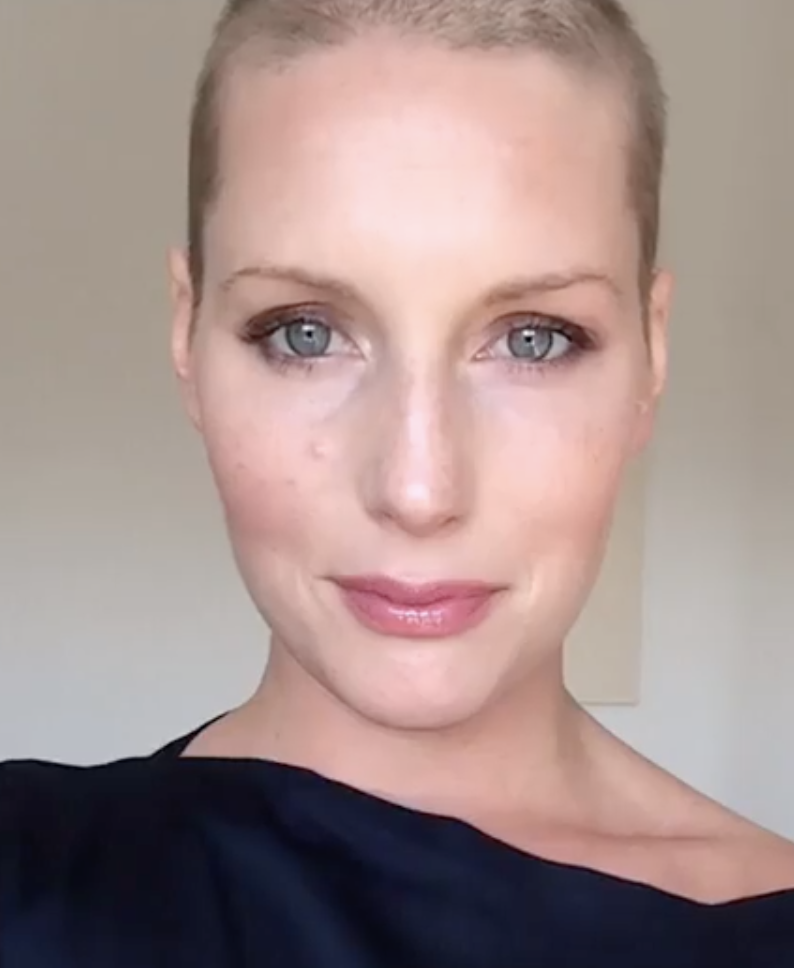
Describe your hair loss
The hair started to go around the third infusion, and it really thinned from the third to the fifth more and more intensely.
I was terrified to lose my hair. I had long blonde hair at this point. It was very much a part of my identity.
I was the most scared because I felt that losing my hair in front of the world would change how they perceived me, how my friends looked at me, how strangers in the grocery store stood behind me and saw all the hair coming out on the back of my coat.
I remember making sure to always wipe off my yoga mat if I was in downward dog and my hair started falling out in my hands, which did happen.
It came to a point where the hair had just started to keep coming and coming. I was following myself literally around the apartment, scooping up handfuls of hair from the sofa, from the sink, from the bathroom, on the towel so Matt didn’t see it, because I knew that it was traumatic for him as well.
It was after the fourth treatment that I decided that I was going to cut it. Originally, because I’m a little bit of an extremist, I thought I was going to just buzz it right off the back.
But I went out to brunch with my friends that morning, and my hair was in a tight bun so it could all stay on my head. We had a bottle of champagne between the 5 of us, and we went to the hair salon.
I said, ‘Okay, this is going to be a celebration because the medicine is working, and that means that the hair is going.’
I said to the stylist, “Just buzz it. This is the situation. I’m ready for it.”
She was very, very gentle and very kind. She actually advised, “Let’s go short first and then do this in 2 phases, because I don’t want you to be shocked with the transformation.”
»MORE: Dealing with hair loss during cancer treatment
How did you deal with the hair loss emotionally?
It was a transformation on many levels. It changed how I saw myself in the mirror. It changed how other people saw me.
Originally, being bald because I had cancer and having this kind of duck fuzz on my head, I thought that it made me seem broken and less than. Sick and weak.
I didn’t realize that that’s not what people see. People see the bravery. They see a badass when they see that.
I wish I had realized that earlier, [rather] than worrying so much about that change in identity.
That change in perception, that change in how I look — because looking back at those pictures, I looked really strong. I looked really good, and I am so proud of that.
So please [see] that as a sign of hope if you’re going through this, because it’s something to embrace. It will pass, it does grow back, and it was an illuminating experience on a personal level. I got a lot of growth out of it.
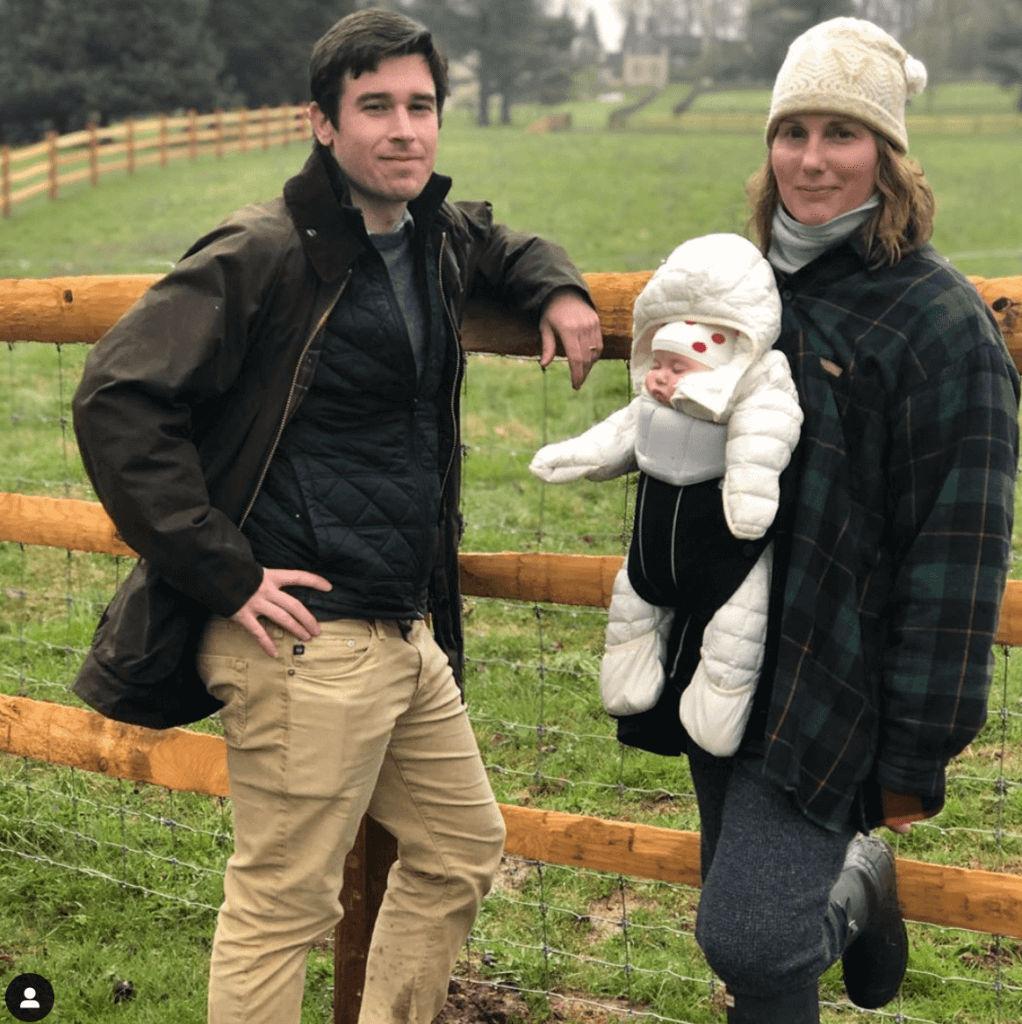
Quality of Life
Get support as soon as possible
It was the beginning of a very grueling treatment schedule. At a time when I thought everything would be easy once you got the diagnosis and that you could float right through into treatment, it was a very different experience.
I encourage anybody who’s going through this to stick with it and to corral those close to you. Put them to work. Put them on the phone.
You’re going to be tired. Just know that it’s almost over. Once you get into treatment, it smooths out, but you have to stay focused to get yourself there.
Fertility preservation and cancer treatment
Because I was so late in my (cancer) stage, I really had to skip many important parts. One was the port.
The second was fertility preservation and freezing eggs. For women, especially around the age of 30, that’s something that you would think of doing. I was very lucky to meet with a fertility specialist before I started treatment.
However, I was advised that the fertility process to harvest those eggs would take 6 weeks, and that really wasn’t recommended in my situation.
»MORE: Read a patient’s detailed IVF journal
I was really suffering as well. Luckily, I have a sister who’s incredibly smart and beautiful. We have some good, solid, maybe even better genes in her, so that did make me feel better.
Now that it’s all behind me and I’ve had my follow-up after treatment with that fertility doctor, everything’s fine. My eggs have not aged a day apparently.
I have a fully functioning, healthy system, so if that brings any relief to anybody going through this, know that that’s the case with me.
ABVD specifically is not associated with any fertility risk. My oncologist, Dr. Leonard, very esteemed in the whole lymphoma game, had said if I had any problems getting pregnant or any fertility problems, it had nothing to do with the drug.
He had never seen any problems after the therapy, so that should bring some relief.
»MORE: Fertility preservation and cancer treatment
Survivorship
The worst part of treatment for me was actually when it was over. It sounds very strange, but I had almost been putting one foot in front of the other for those 6 months and just getting myself from one infusion to the next, from one surgical procedure to the following one.
By the time treatment had ended, I felt like I crashed up on this beach. It was finally over, and I was exhausted.
Yes, I was relieved that the cancer was gone. There was about a week in there of true elation. The anxiety started to kick in.
I knew that I had to pick myself up and put myself back in my life. For whatever reason, I was scared of the ways that cancer had changed me.
I didn’t have control over what it had done to my life, to my brain, to my physical body and my emotional state.
I didn’t know who this person would be, and I was going back to work in 2 months. It was almost like I had 2 months to heal, and then that’s it.
We’re done. You’re healthy, you’re good, continue on with your life. It was like my oncologist had sent me home with a stick shift when I only knew how to drive an automatic. It was an entirely new body with an entirely new set of problems.
Weird problems. I couldn’t fall asleep anymore. For whatever reason, I really had trouble falling asleep.
It was when I was really struggling to sleep, swirling thoughts, gripping anxiety, that I realized that I needed to make a change in my life and that I couldn’t be afraid like this anymore.
I knew I was going to go back to work, but I knew that I had to be open to how this whole experience changed me.
I knew that I wasn’t giving myself enough time to process it. That is mandatory with the trauma of this magnitude. I realized I was unable to push through it and pretend like nothing happened, which was my safe zone.
Guidance to other cancer patients
If you can allow yourself the time to heal, the time to rest, to process what the hell just happened, give yourself that.
It’s a gift.
You don’t need to pick up your life exactly how you had left it pre-treatment and pre-cancer. Because it’s not going to be the same, and that’s okay. It doesn’t have to all go to plan.
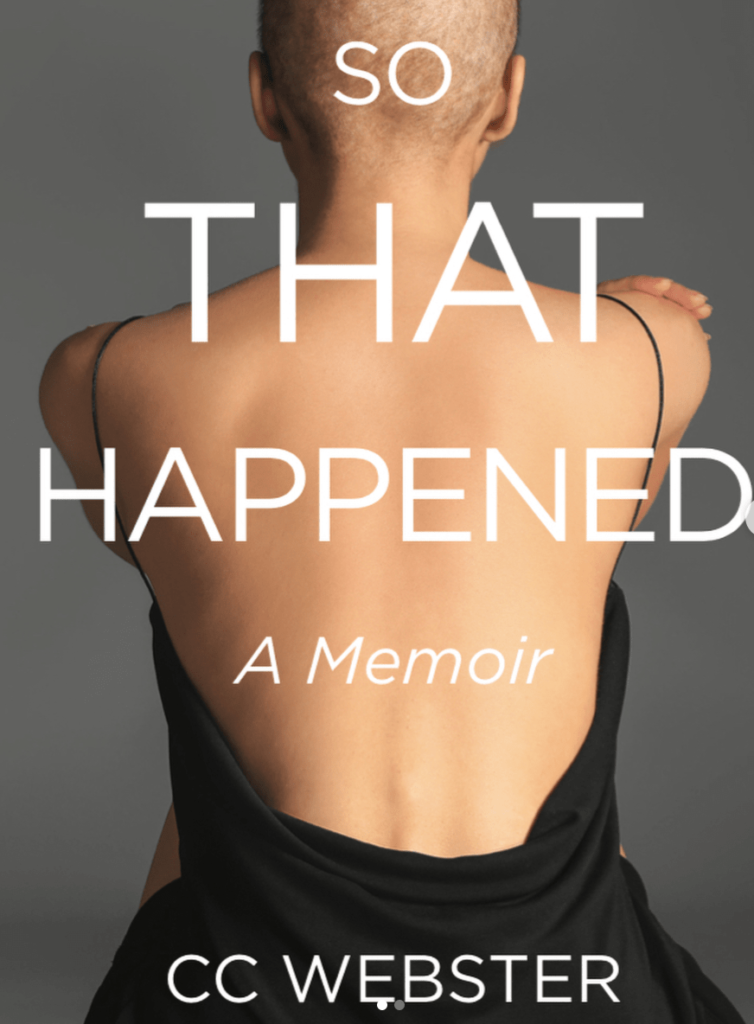
Inspired by CC's story?
Share your story, too!
Hodgkin’s Lymphoma Stories
Jessica H., Hodgkin’s Lymphoma, Stage 2
Symptom: Recurring red lump on the leg (painful, swollen, hot to touch)
Treatment: Chemotherapy
Riley G., Hodgkin’s, Stage 4
Symptoms: • Severe back pain, night sweats, difficulty breathing after alcohol consumption, low energy, intense itching
Treatment: Chemotherapy (ABVD)
Amanda P., Hodgkin’s, Stage 4
Symptoms: Intense itching (no rash), bruising from scratching, fever, swollen lymph node near the hip, severe fatigue, back pain, pallor
Treatments: Chemotherapy (A+AVD), Neulasta
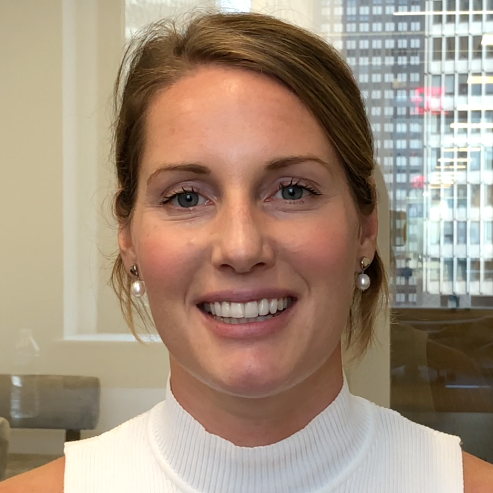
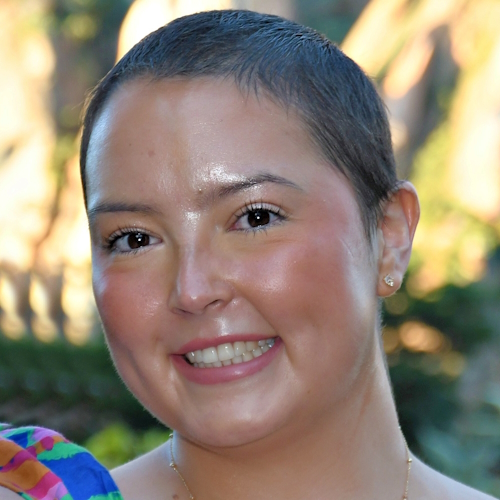
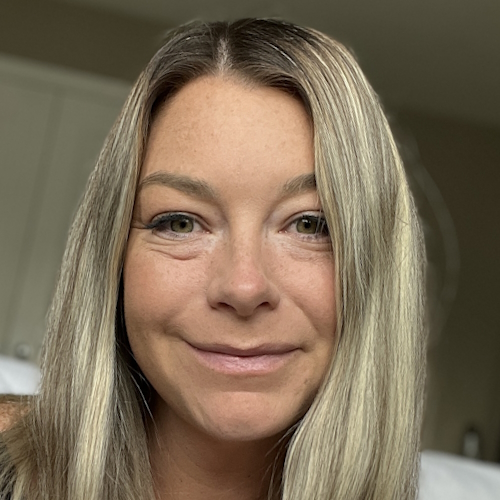
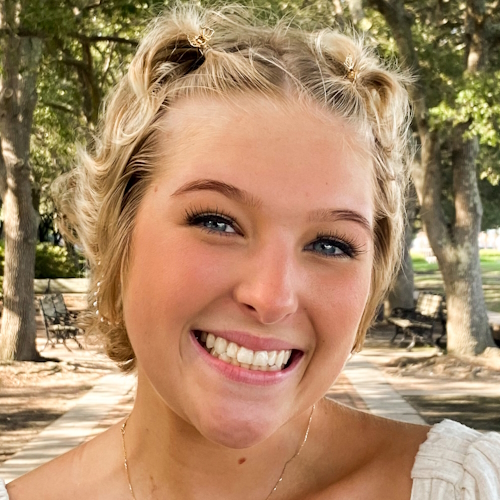

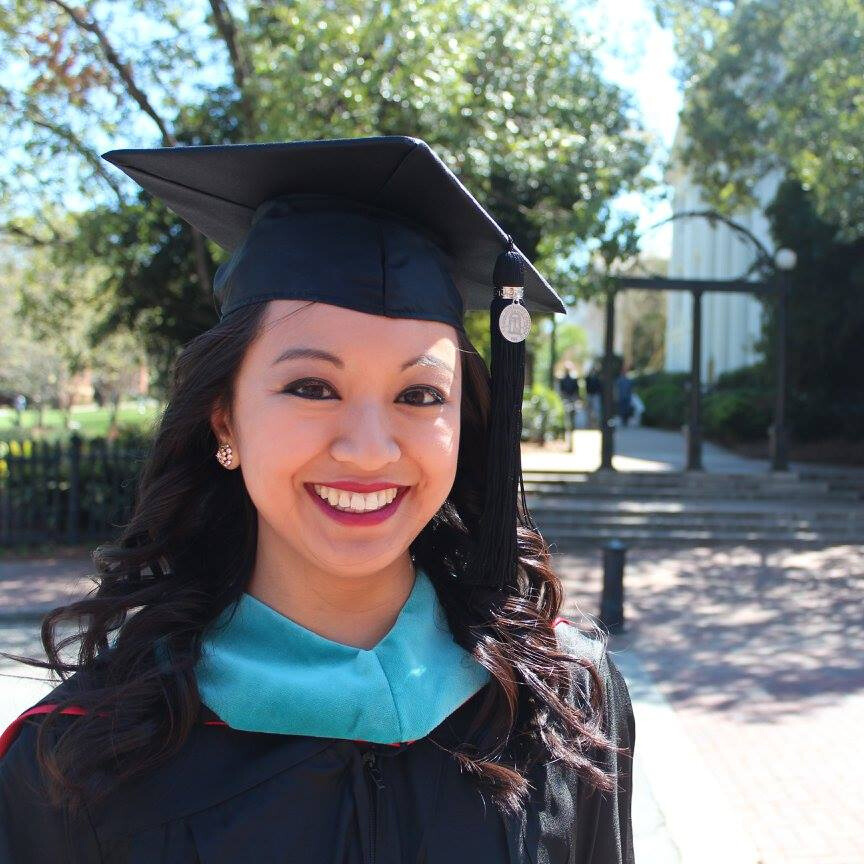
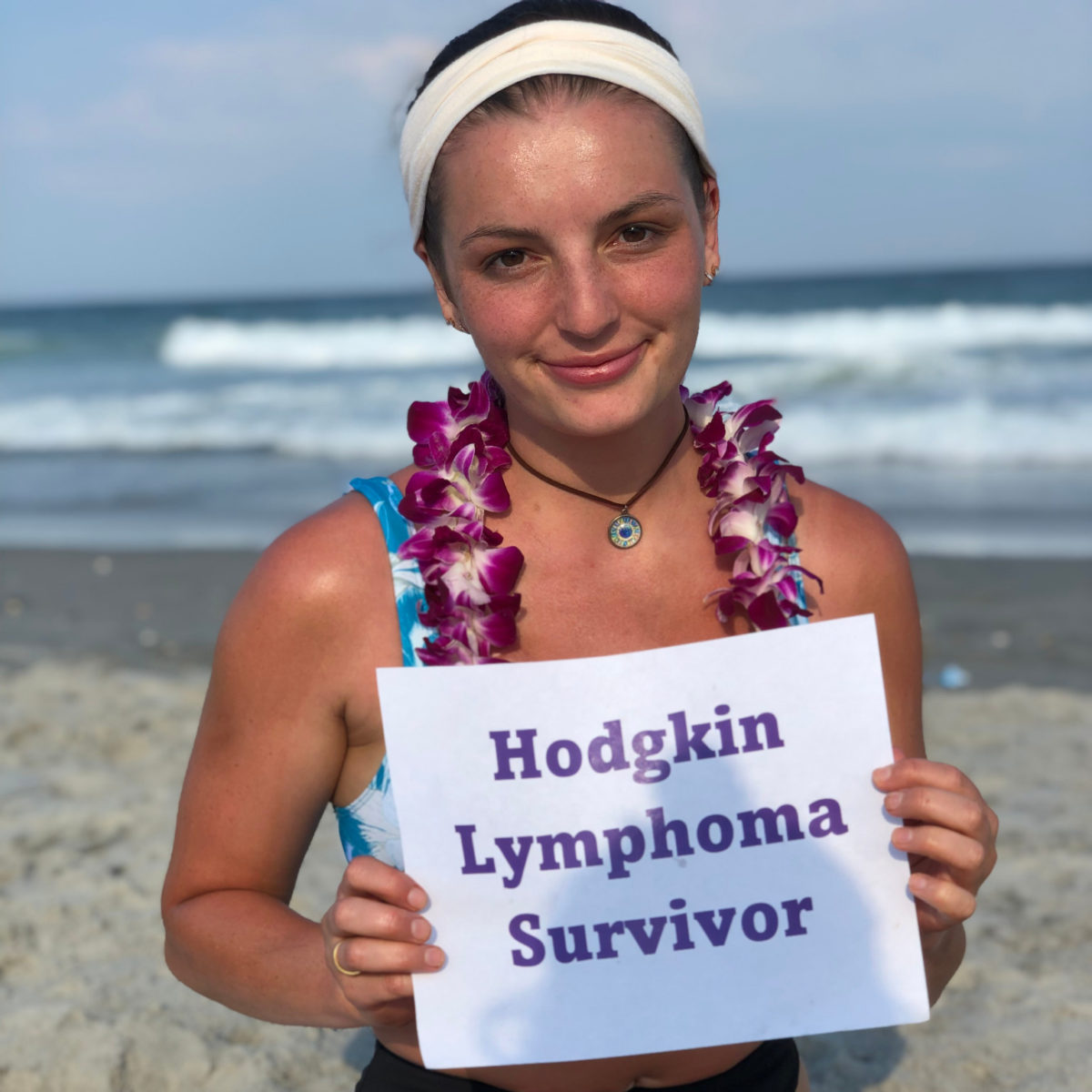
One reply on “CC’s Stage 4 Classical Hodgkin’s Lymphoma Story”
I have Hodgkin’s Lymphoma Stage 3